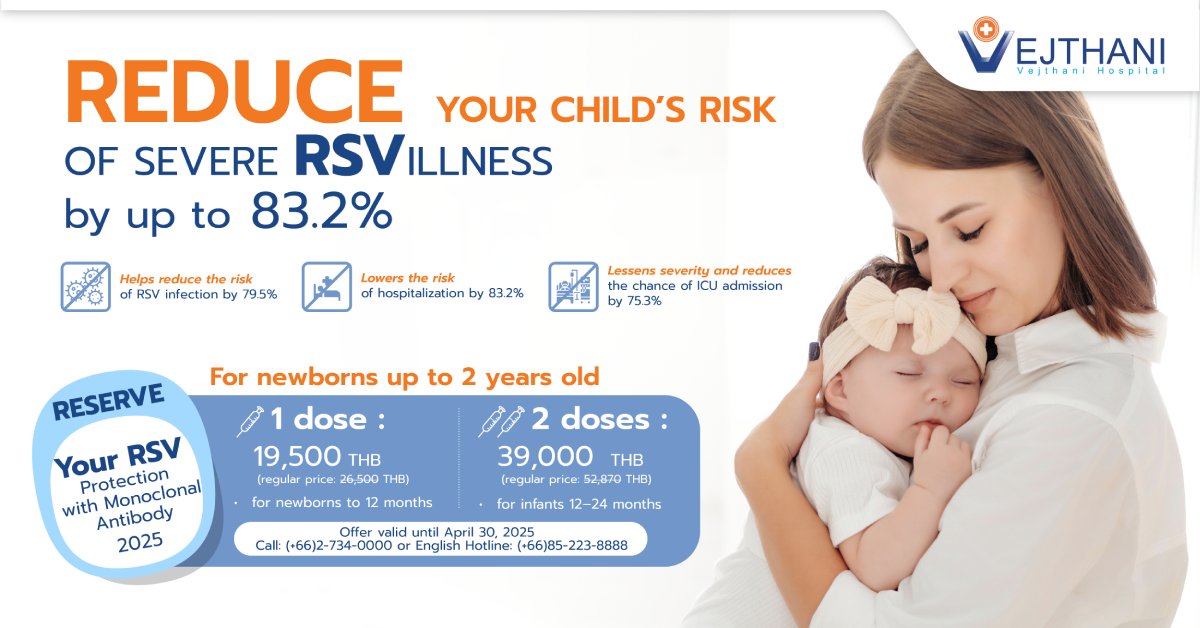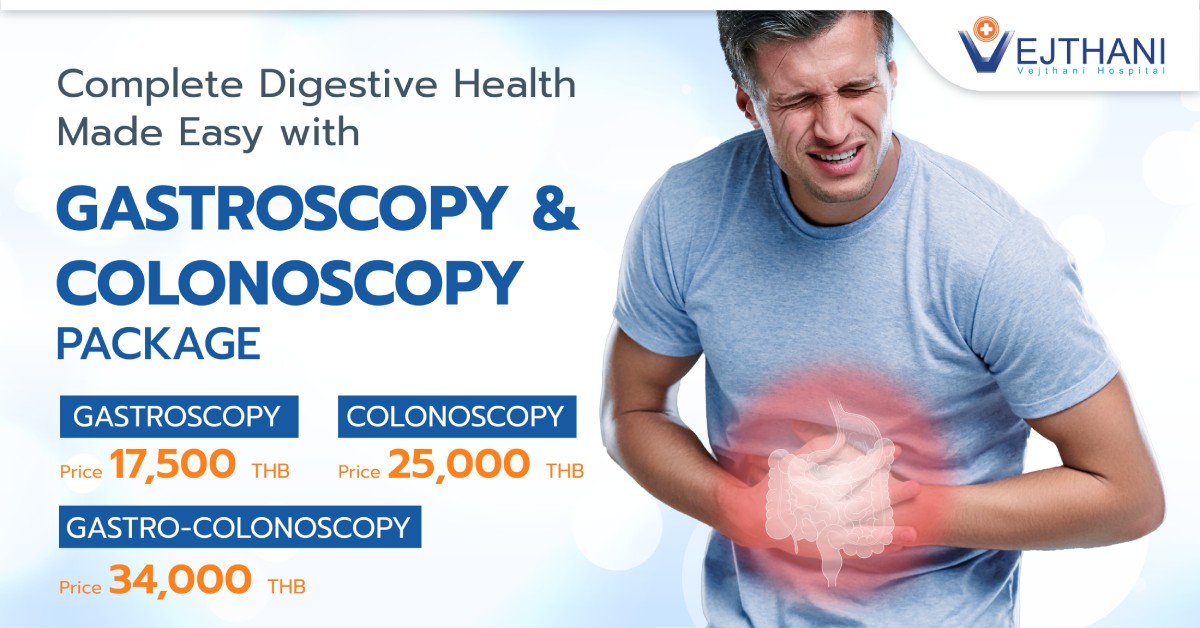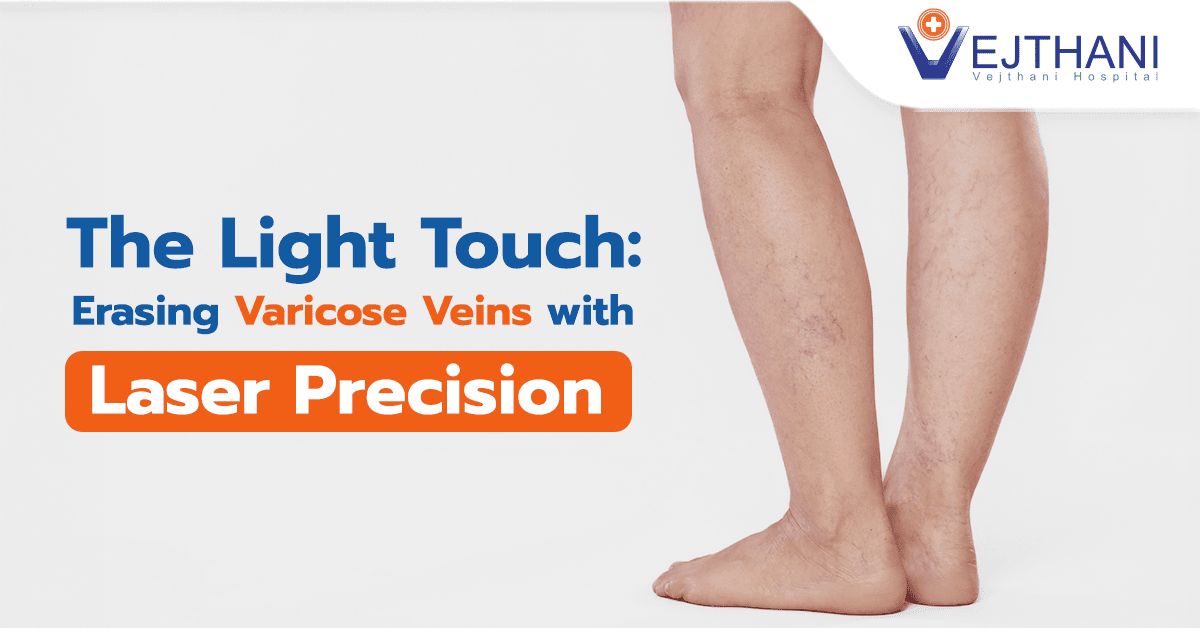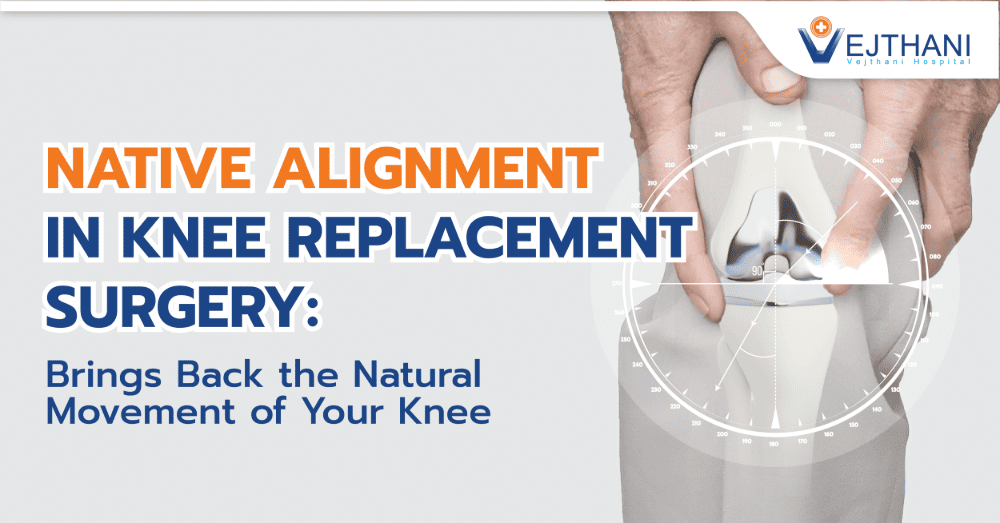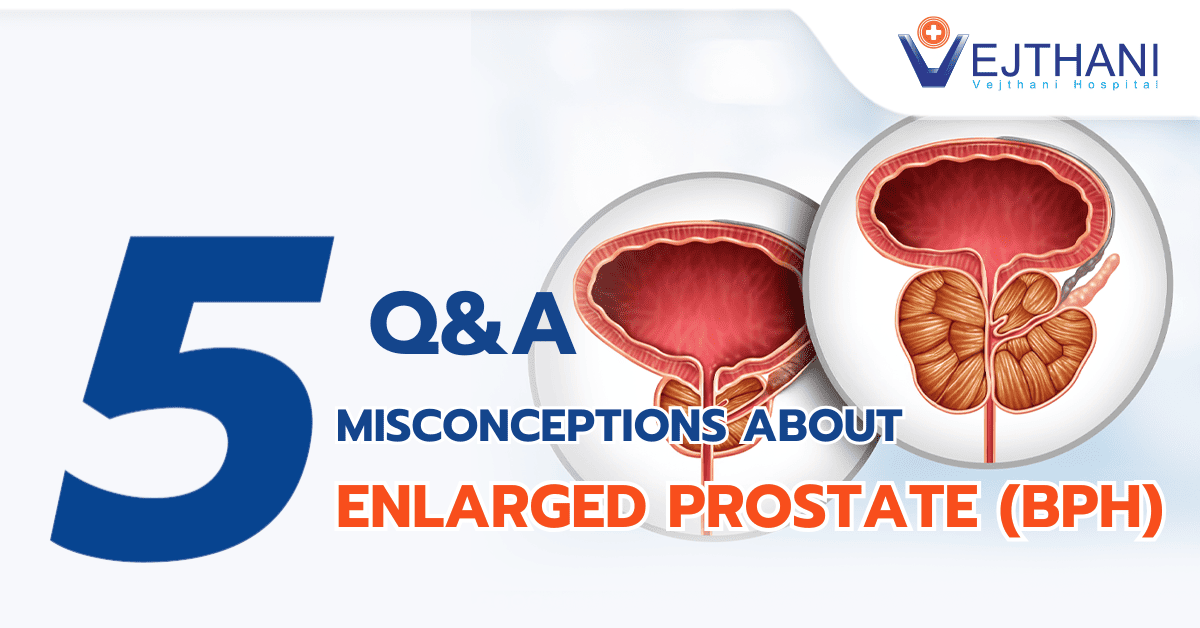
Endoscopic sleeve gastroplasty
Overview
Endoscopic Sleeve Gastroplasty (ESG) is a non-surgical weight loss procedure designed to reduce the size of the stomach without traditional surgery, offering an alternative to gastric sleeve surgery and other bariatric surgeries.
During ESG, a healthcare provider uses an endoscope—a thin, flexible tube with a tiny camera at the end. This endoscope is passed through the throat into the stomach. Attached to the endoscope is a suturing device that allows the surgeon to create folds and close off a portion of the stomach. This results in a sleeve-like shape that reduces the stomach’s capacity by about 70%. The narrowed shape helps to slow down the emptying of the stomach and limits food intake, aiding in weight loss.
Reasons for undergoing the procedure
ESG is suitable for both children and adults diagnosed with obesity, typically defined as having a BMI of 30 or higher in adults. Unlike weight loss surgery, which is often reserved for individuals with severe obesity (class III), ESG provides a mid-level option for those who may not qualify for or prefer to avoid bariatric surgery.
Obesity is a complex, chronic condition that tends to worsen over time and is associated with various health issues such as cardiovascular disease, liver disease, and Type 2 diabetes. Losing weight can significantly lower the risk of these diseases in individuals with obesity. For those already affected, weight loss may even reverse some of these conditions and potentially eliminate the need for medications to manage them.
Risks
Among the risk factors are:
- Transient nausea, heartburn, and discomfort.
- Regaining weight can result in your stomach gradually stretching out again.
- Minimal chance of endoscope-related injury.
- Minimal chance of anesthetic reaction.
Before the procedure
You and your doctor will collaboratively determine if you are a suitable candidate for ESG. This decision will involve a health screening process, which may include standard medical tests to ensure you can safely receive general anesthesia.
Your doctor will inquire about your health history, diet, lifestyle, and weight loss goals. They will also discuss the risks and benefits of the procedure, along with the long-term lifestyle changes necessary for its success.
During the procedure
You will be under general anesthesia and asleep for the procedure. A gastroenterologist or endoscopic surgeon will insert an endoscope through your mouth, down your esophagus, and into your stomach.
The endoscope inflates your stomach with gas to expand it, and a camera on the endoscope projects images of the inside of your stomach onto a screen. The endoscopist uses special tools attached to the endoscope while watching the monitor.
Using a suturing device, the endoscopist will place about eight to ten stitches between the two opposite walls of your stomach and draw them together. This creates a narrow, tubular section of your stomach that remains open.
The procedure takes approximately 60 to 90 minutes. After waking up from anesthesia, you can go home the same day. If you experience symptoms like pain or nausea afterward, your doctor will treat them before you leave.
After the procedure
Most individuals experience mild pain as their stomach heals. However, some may encounter more pronounced pain and nausea in the days following. These side effects are typically controllable with over-the-counter (OTC) medications, and a doctor can provide a prescription if necessary.
During your recovery period, which lasts about a month, you will follow a strict diet to allow your stomach to heal. Your doctor will give you specific instructions. Initially, you will be on a liquid diet, then gradually transition to soft foods, and eventually to solid foods.
Outcome
After undergoing ESG, your stomach requires about a month to fully recover before you can return to regular eating habits. During this period, it’s crucial to monitor your diet closely. Most people can typically resume work within the first week as the initial side effects of the procedure diminish.
In the first year following ESG, individuals typically achieve weight loss ranging from 15% to 20% of their total body weight, which often corresponds to about 60% of their excess weight. This level of weight loss is generally effective in halting conditions associated with obesity. Sustaining these results involves maintaining a nutrient-rich diet and adopting a healthy lifestyle.
Contact Information
service@vejthani.com












